七五三 is not a public holiday which means that for convenience's sake, it's officially run on the nearest weekend if the 15th falls during the week. Having said that, I've been told that it goes some time before and after - anyone heading to a shrine around the middle of November is unlikely to be turned away. When you actually get there, you'll see that it's a festival very much geared towards its target audience; mascots, balloons and toys tend to be involved. It's certainly a day for the kids, rather than their parents! For boys, 七五三 is celebrated at ages three and five; for girls it's three and seven. These are traditionally considered milestone ages for the development of children - in ancient times they marked times when they were allowed to start growing their hair out and wearing certain clothes. While those kinds of rules have been long since abandoned, 七五三 is still considered an auspicious occasion worth dressing up for.
The girls' and mums' 着物 are beautifully designed and elaborately decorated with Japanese imagery and they all wear 帯 (おび - obi - belts/sashes) over the top that are usually just as impressive. The boys' 着物 are slightly different - they typically have much manlier colours and designs and they also wear 袴 (はかま - hakama). 袴 could be called "着物 pants" - as opposed to a single skirt-like wrap, they are divided in the middle into trouser legs like those you might see in 侍 (さむらい - samurai) movies. Most of the dads and some of the boys were dressed in sharp suits instead - as the times change, this is becoming more common.
In all cases clothes for the occasion can either be bought or rented; I'm told that because people have fewer children these days, parents are more willing to splash out and spoil their children with 七五三 outfits of their very own. It's hard to walk into a department store early in November without seeing the 七五三 displays in all their glory; from 着物 to スーツ (suits) to パーティードレス (party dresses), they have just what you need to make sure your little ones scrub up nicely.
Some just go to people-watch, but those getting involved need to follow a process, starting with ponying up the money for the blessing. In this case, one child was 6000 yen or two for 10000, but I've also seen shrines that charge based on the child's age - 6000 for three year olds, 9000 for five year olds, 12000 for seven year olds. That's not cheap; in fact, 七五三 is one of the main sources of income for shrines on the yearly calendar. Believe it or not, the other is parking - a lot of shrines open their grounds to cars during the quieter hours!
So what exactly do you get for your money? It depends on the region and the shrine, but in this case each child wandered around the shrine grounds to a series of stations, being given balloons, toys and lollies - that's probably the bit they enjoyed the most. In most cases, lollies known as 千歳飴 (ちとせあめ - chitose ame - "thousand year sweets") are given out, which are long, thin, hard sticks of candy. Much like the そば (soba) that's eaten to ring in the New Year in Japan, the length of this is supposed to represent a long life; "Japanese people love long things," as one of my coworkers said. After some life lengthening, the kids were escorted into the main building by the 巫女さん (みこさん - mikosan - shrine maidens) for their blessing by the 神主さん (かんぬしさん - kannushisan - Shinto priest).
Once inside, the 神主さん utters prayers and moves along the line of participants and their parents, shaking his staff over each person's head. Following the notions of "(im)purity" in 神道 (しんとう - Shinto), this process is known as お祓い (おはらい - oharai - purification), and spiritually removes guilt and impurities from the person. Specifically, the purpose in this case is to help ensure a long and happy life - longevity is an ongoing theme throughout the event. This is perhaps understandable given its ancient traditions - before modern medicine when the life expectency was much lower, I imagine every parent would have been particularly worried about their children's future; making it to the next milestone wouldn't have been a foregone conclusion.
Shrines aren't the only businesses kept busy by the 七五三 period; the photo parlours fling open their doors throughout, relying on a steady stream of business from parents wishing to immortalise the moment. Judging by the prices in this case, Christmas must come early for a lot of photo studios. Still, they only grow up once and these kinds of photos will be perfect for embarrassing them when they're teenagers - parenting definitely has its perks.
Like a lot of festivals, 七五三 has departed from tradition slightly over the years, but it's still a very special occasion that everybody seems to enjoy. Between the balloons, the toys and the children scuttling around in bright 着物, it has to be on of Japan's most colourful occasions. I would highly recommend going along if you have a chance, even if it's just to see everyone in their Sunday best. I think any excuse to dress up and look nice is a good one; if you manage to ensure a long and happy life in the process, that can only be a bonus. Now where did I leave that 千歳飴?
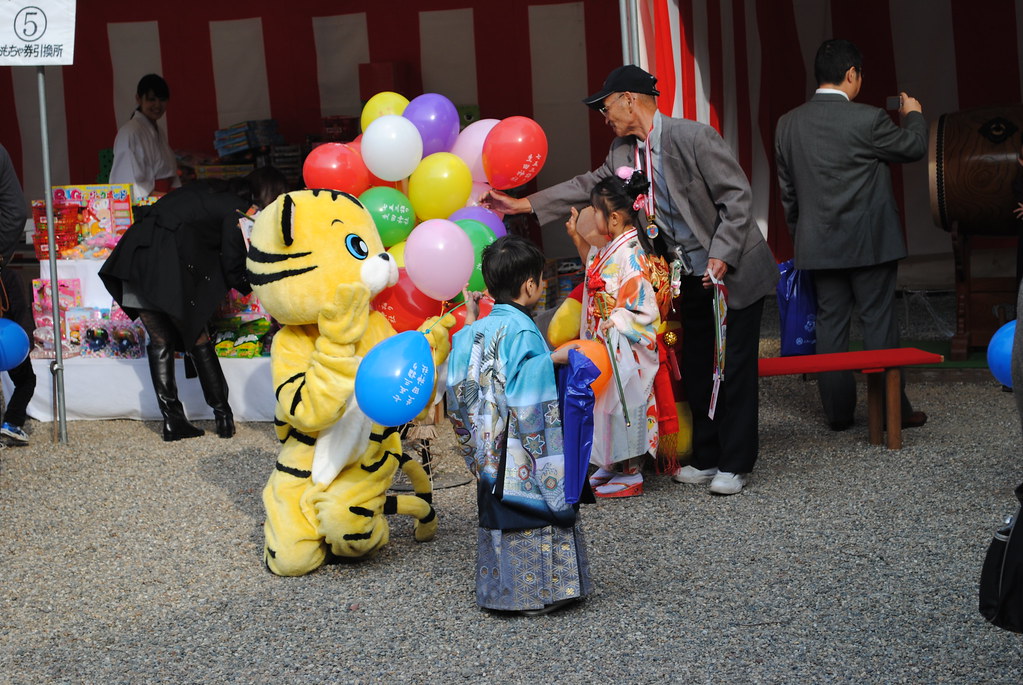
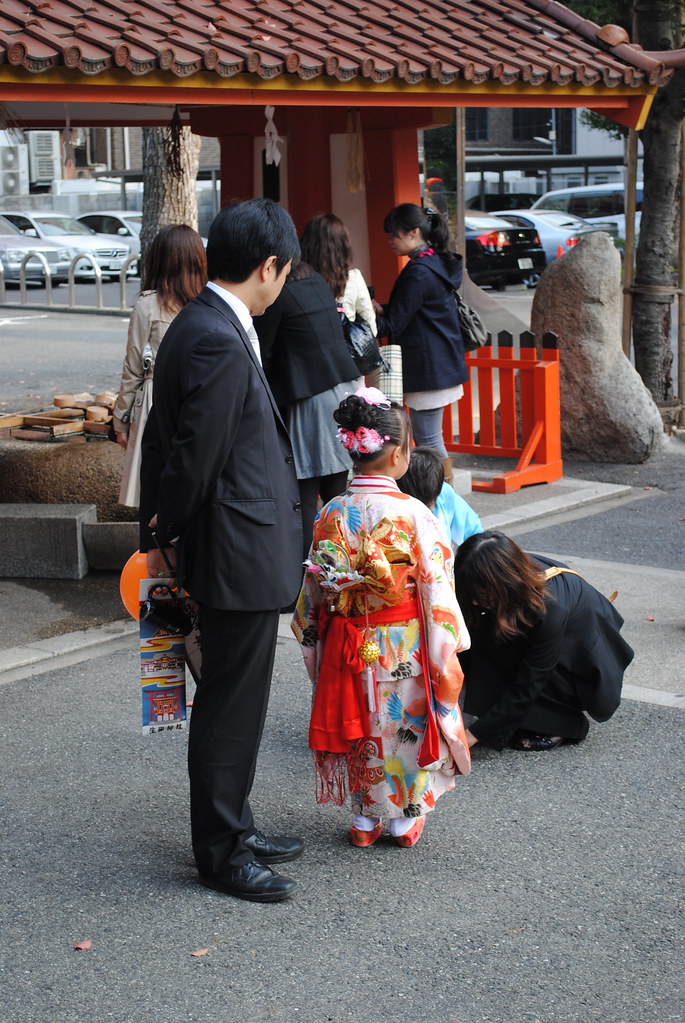
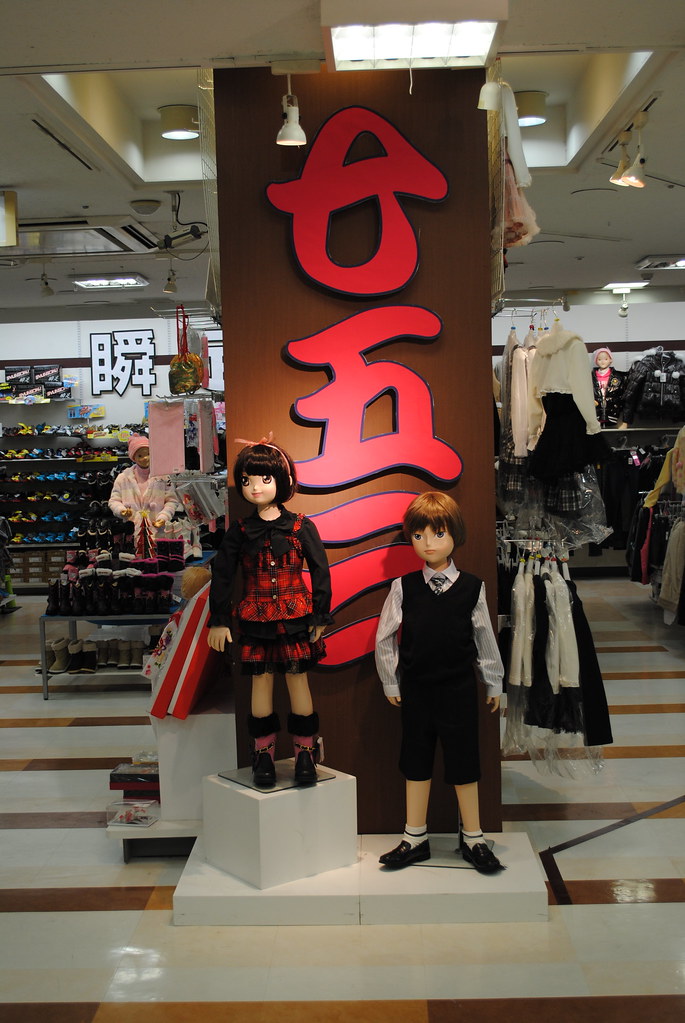
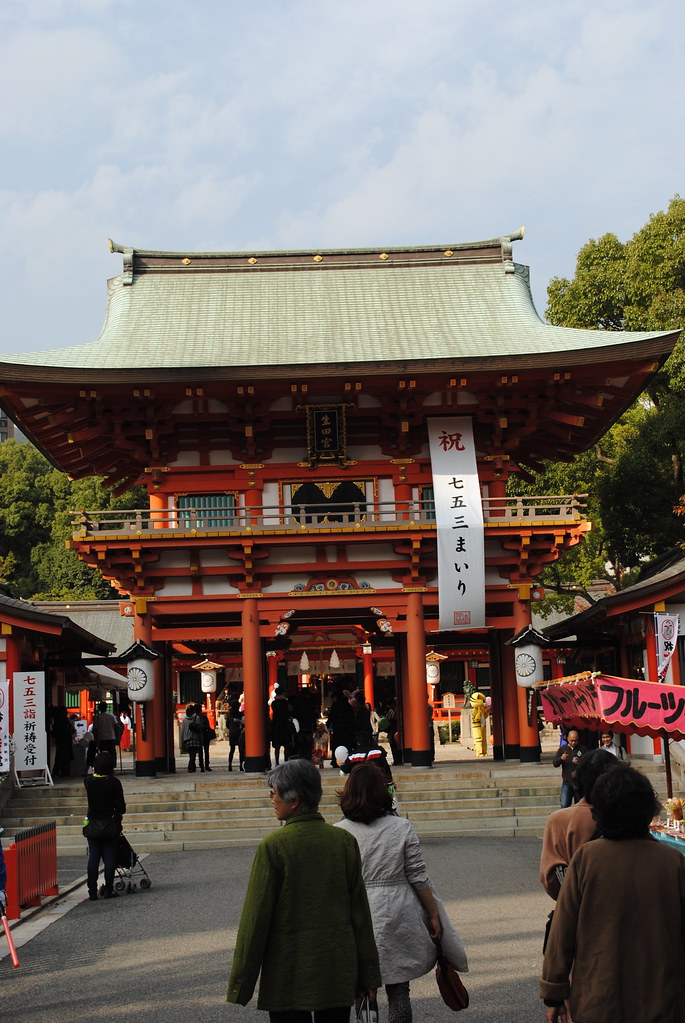

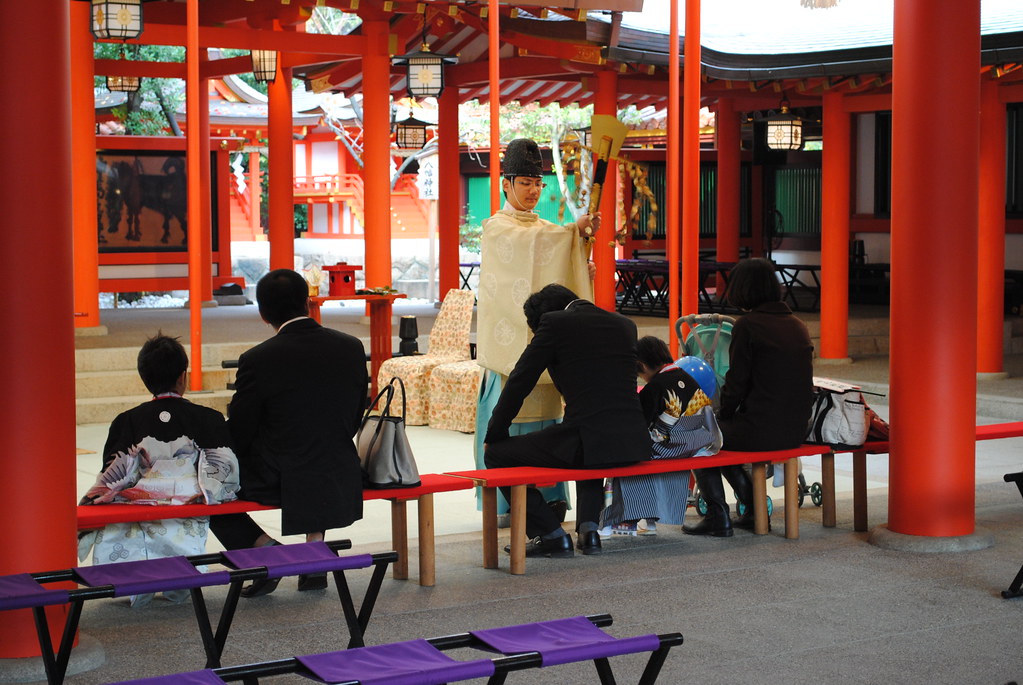

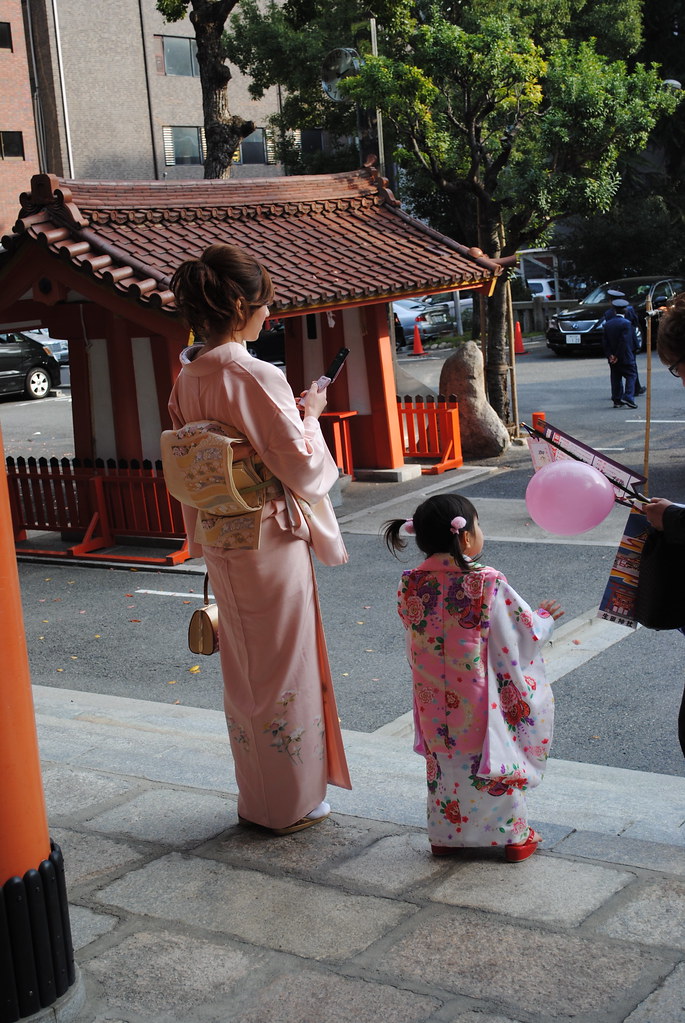
No comments:
Post a Comment
If you have any questions or additions, I would love to hear from you. I may not know the answer, but I'll do my best to find out in any case! You can post anonymously if you like, but abusive/unintelligible/inappropriate comments will not be published.